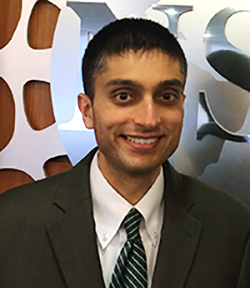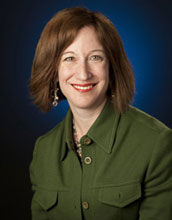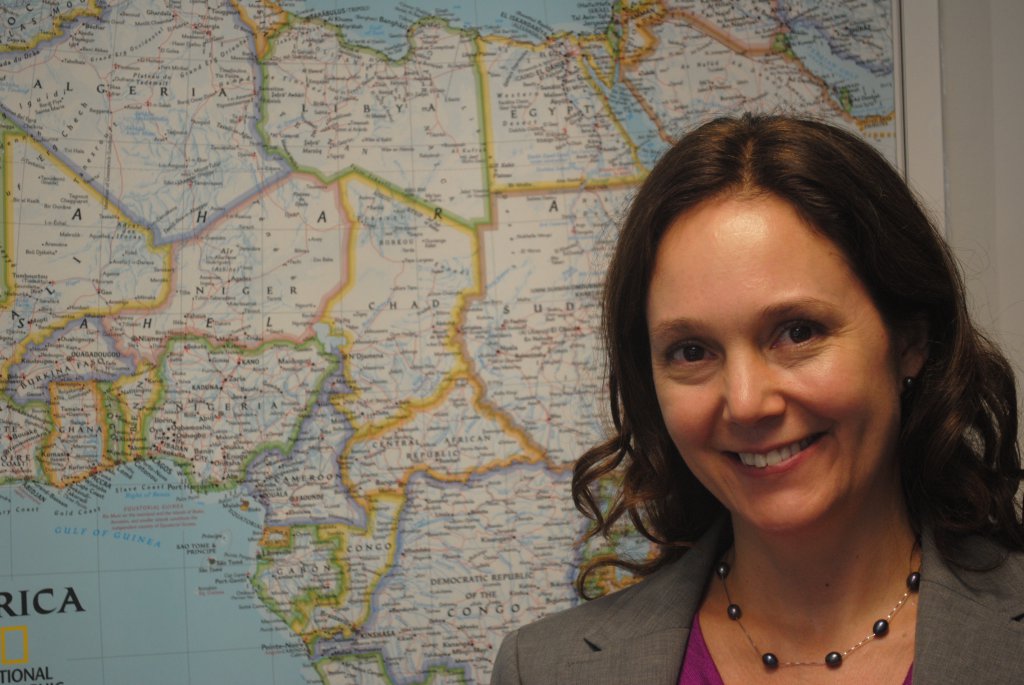
BSF Extends Partnership With the NSF Through 2023
What the NSF-BSF partnership means for U.S. scientists

When US National Science Foundation (NSF) entered into a joint funding partnership with BSF five years ago, one of the goals was to increase US awareness of the vast scope of scientific talent and innovation in Israel. Now that the partnership will continue – and expand – over the next five years, Israel will have even more opportunities to raise its profile among US scientists and researchers. According to NSF representatives, this is good news not only for Israel and the US, but for the world of science overall.
The US has long been a superpower in the world of science. Israel’s emergence, on the other hand, began only a few decades ago. In that time, Israel has become a significant force in science and technology. NSF enters into scientific partnerships with nations across the globe. Even so, the extended agreement with BSF is one of the most extensive partnerships undertaken by NSF.
The partnership covers a wide scope of specialties, including biological sciences, computer/information, engineering, geosciences, and physical sciences. Last year, NSF-BSF cooperation was expanded to include more fields covered by the NSF’s Chemical, Bioengineering, Environmental and Transport System (CBET) division. The expanded cooperation with CBET will open up more grant opportunities for scientists and researchers in these respective fields.
NSF has been happy to extend its partnership with BSF for many reasons, but one of the most notable measures of the program’s strength is the success rates of NSF-BSF applications since the partnership began, which are at least comparable, if not better, to those normally achieved for similar projects.

Dr. Rebecca Keiser sees the partnership from a double perspective. She is on BSF’s Board of Governors, and she heads NSF’s International Office of Science and Engineering.
“I am continually impressed with the scientists, researchers and ideas that I see coming from Israel,” Keiser said. “I also see a real demand from US scientists and researchers who are eager to work with Israelis.”
All NSF-BSF joint research grant projects have at least one lead investigator from the US, and at least one lead investigator from Israel. The NSF makes evaluations on grant applications. If a US investigator is awarded an NSF grant, the Israeli partner automatically gets a BSF grant.
Keiser said scientists appreciate this arrangement because the investigators have to go through one evaluation only, the one at the NSF.
“For many other international partnerships, investigators have to apply to both the NSF and to representatives of the other country involved,” Keiser said. “With the NSF-BSF programs, there is only one application, and one review process.”

The funding arrangement is an advantage for the NSF as well, said Lara Campbell, Program Director for the NSF’s Office of International Science and Engineering.
“We really appreciate BSF’s flexibility,” Campbell said. “BSF trusts our review process and our funding decisions at the NSF, and they run with them.”
BSF uses special funds from the Israeli government to provide grants for Israelis whose projects are approved through the NSF-BSF partnership.
According to a statement from the Planning and Budgeting Committee of Israel’s Council for Higher Education, the budget for Israeli research collaborations is expected to jump by some 300 percent over the next five years. All that funding will go to projects under the NSF-BSF partnership.
Campbell said this raises Israel’s profile in the science world even further.
“As American scientists become more aware of the partnership, it makes them more likely to consider Israelis they would like to work with,” she said. “They are more likely to think ‘I met this Israeli at a conference, and I think we should consider collaborating’.”
Campbell’s position involves NSF partnerships in the Middle East and Africa. She believes the quality of the proposals that come from prospective American and Israeli partners is another reason for the partnership’s growth.
“We have very high standards for the projects we approve, and it really demonstrates that what is being proposed is very vital,” Campbell said.
In fact, Keiser, Campbell and Gianchandani would like to see the partnership grow even further.
“There’s quite a synergy between American and Israeli scientists and associated research interests,” Gianchandani said. “We continue to be very pleased with this partnership.”
